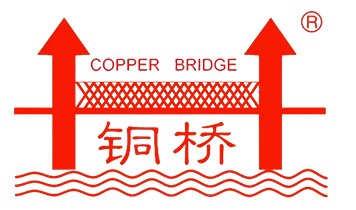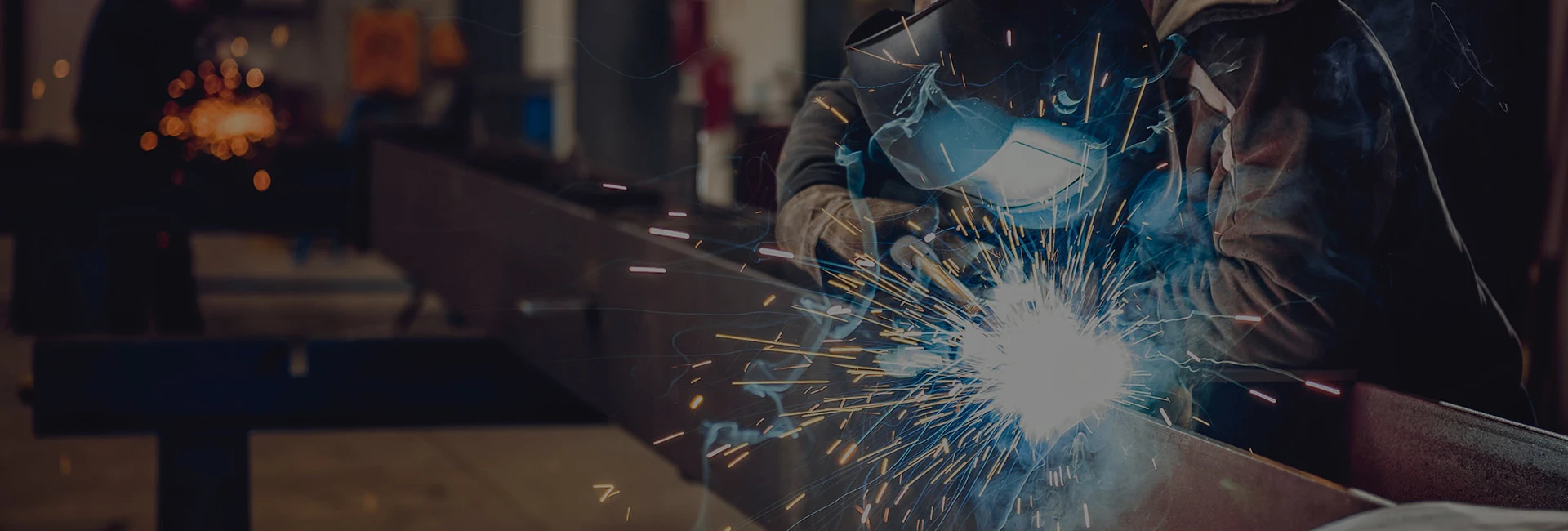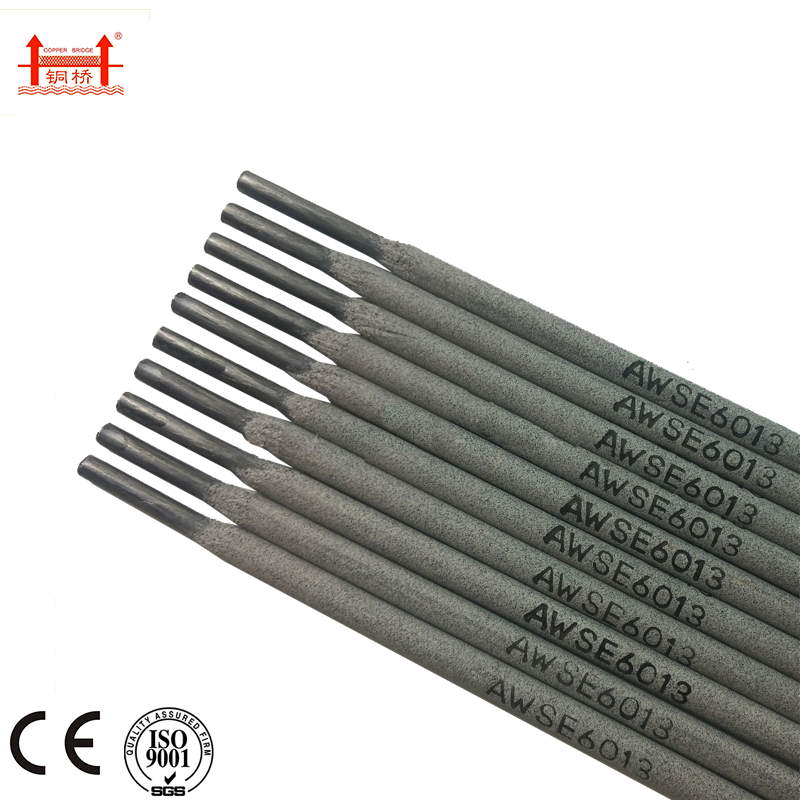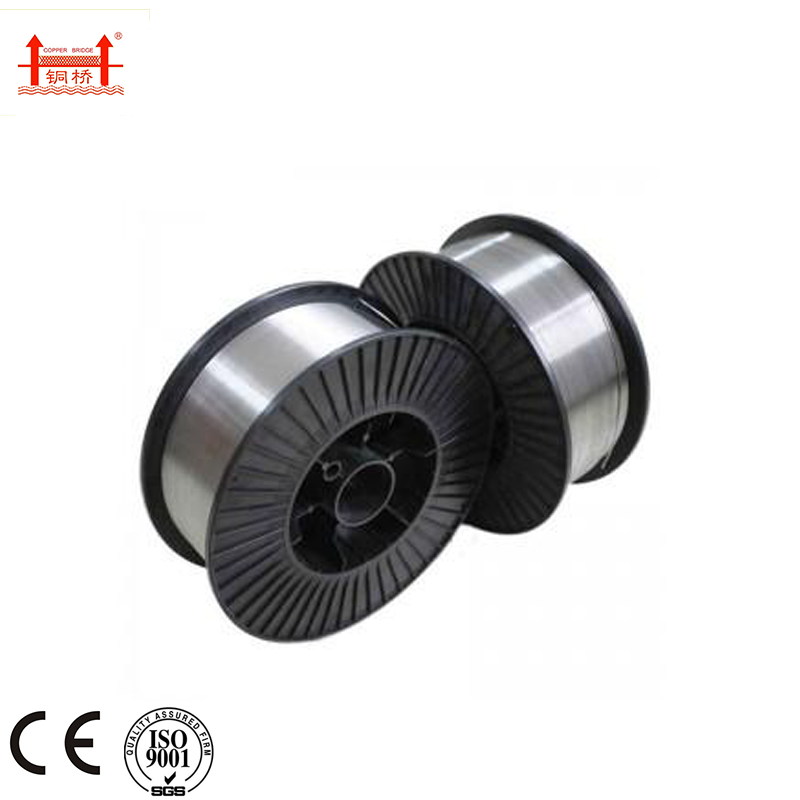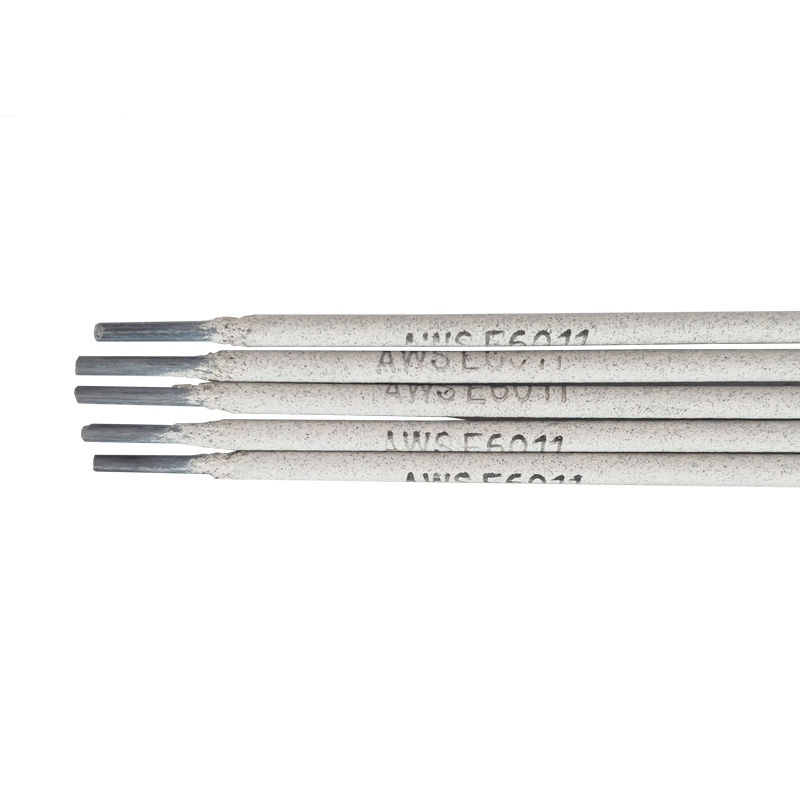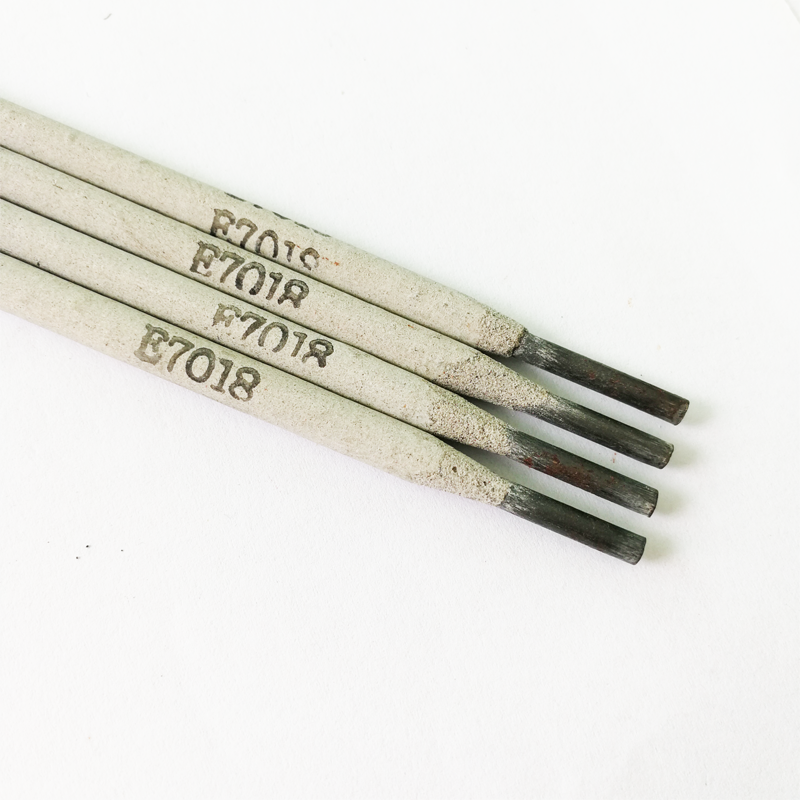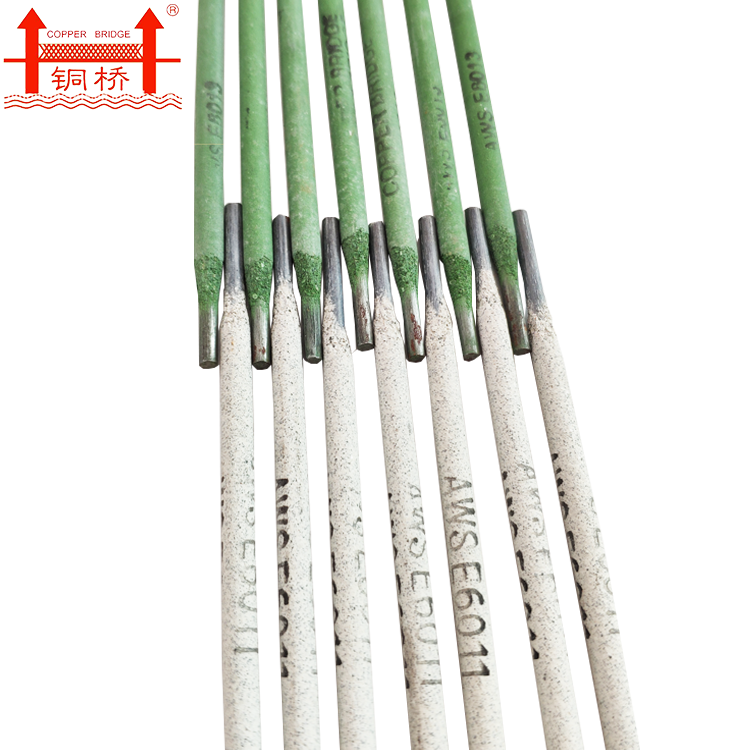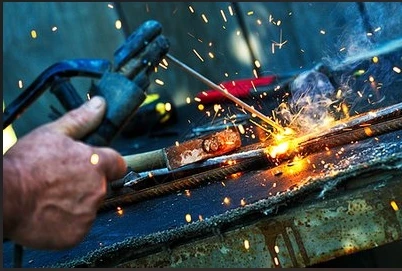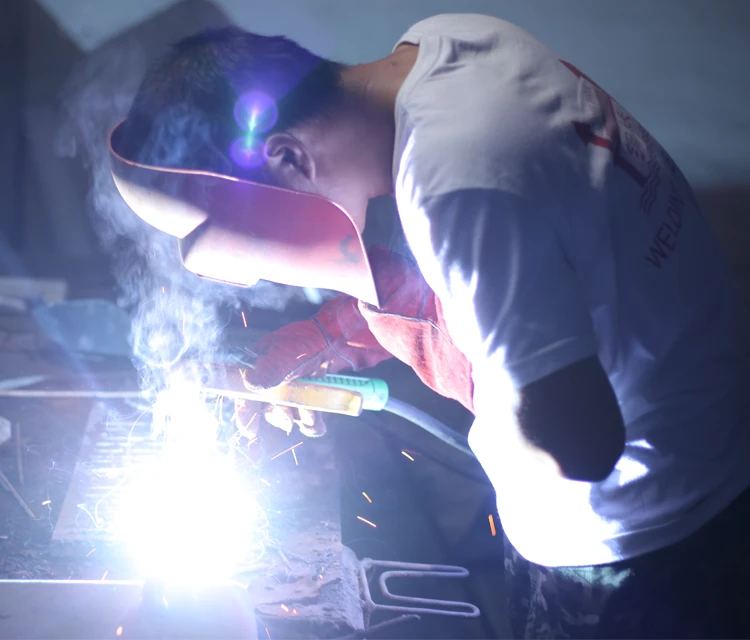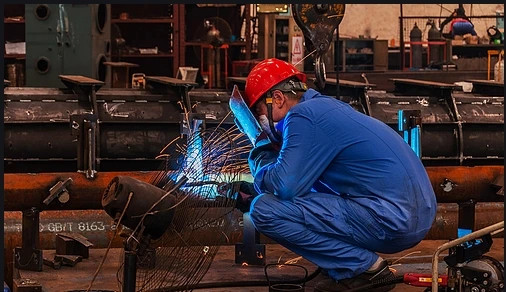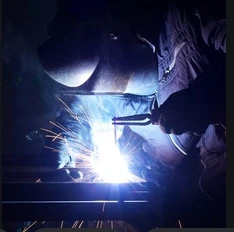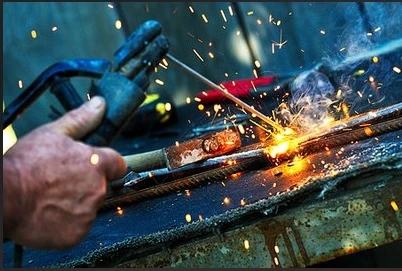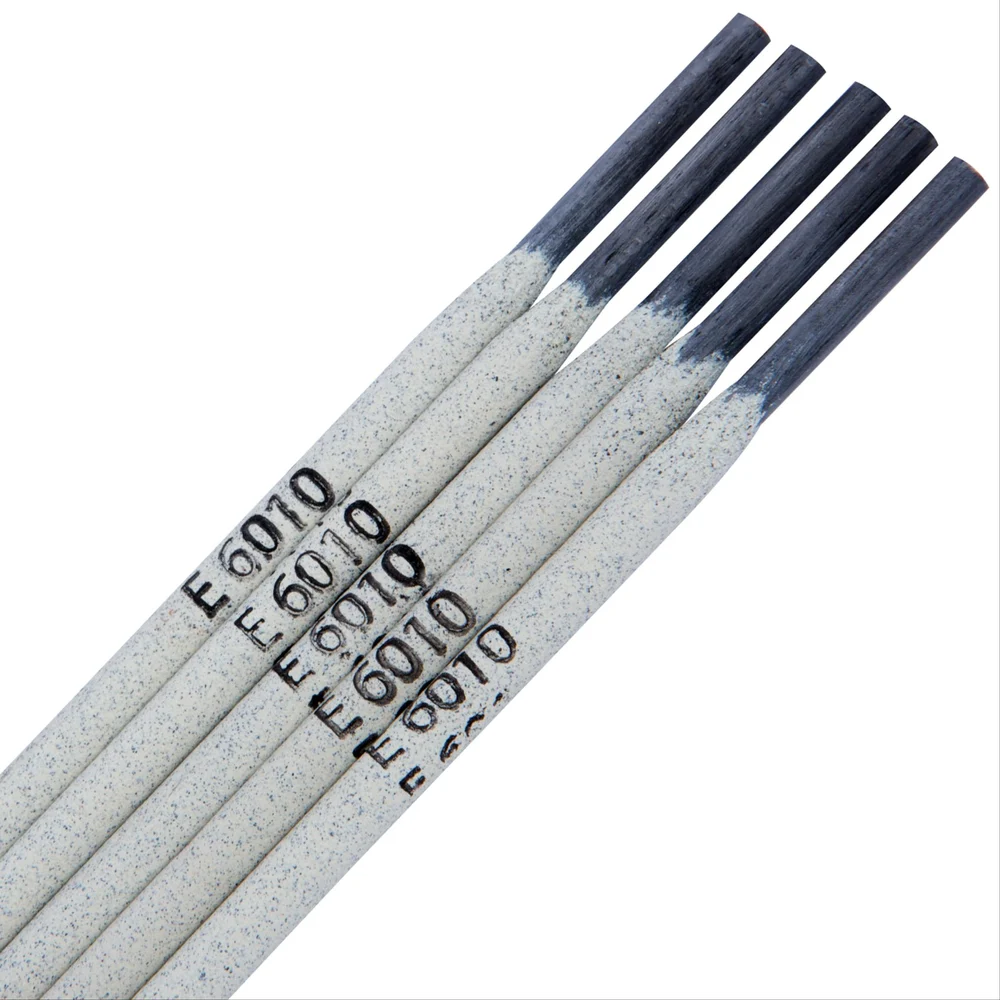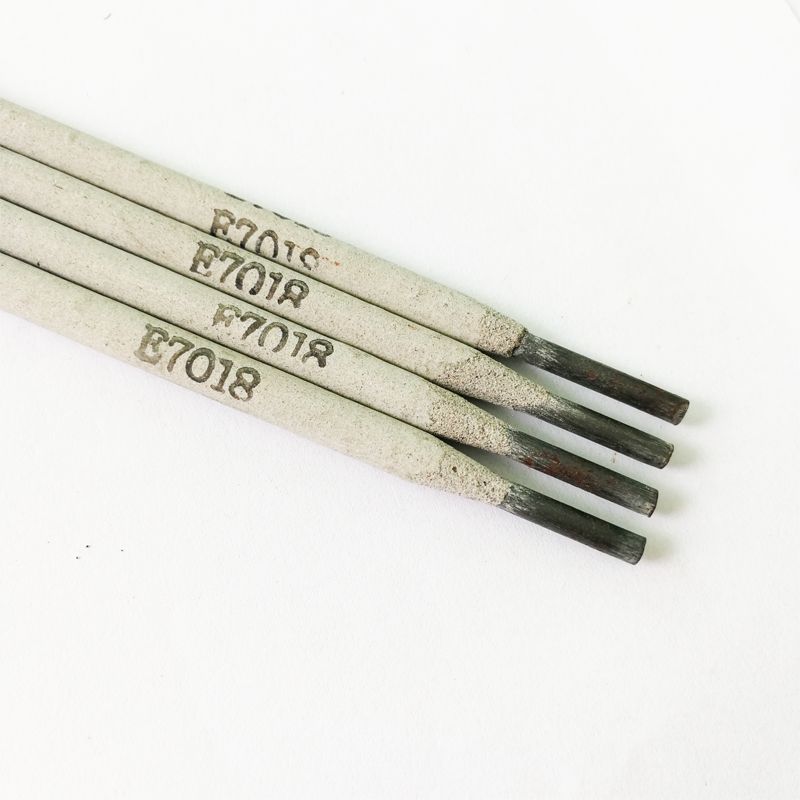E347 16 Welding Rod: Premium Performance for Stainless Steel
Aug . 28, 2025 06:20
Understanding Stainless Steel Electrodes E347-16 for Critical B2B Applications
In demanding industrial sectors, the selection of the correct welding consumable is paramount to ensuring structural integrity, corrosion resistance, and operational longevity. Among the specialized solutions available, the e347 16 stainless steel electrode stands out for its exceptional performance in stabilizing austenitic stainless steel welds. This article delves into the technical intricacies, application advantages, and comprehensive insights surrounding this critical welding consumable, tailored for B2B decision-makers and engineering professionals.
The e347 16 welding rod is specifically engineered to address the challenges associated with intergranular corrosion, particularly in high-temperature service environments. Its unique chemical composition, featuring Niobium (Nb), provides a robust solution for welding stabilized stainless steels such as types 321 and 347, or for joining these to other stainless or carbon steels where superior resistance to carbide precipitation is required. This makes the e347 electrode a go-to choice for applications demanding long-term reliability.
Manufacturing Process of E347-16 Welding Rods
The production of high-quality 347 16 welding rod involves a meticulously controlled manufacturing process to ensure consistent metallurgical properties and superior arc performance. Adherence to international standards like ISO 2560 and AWS A5.4 is critical at every stage.
Key Stages in Production:
- Material Sourcing & Preparation: High-purity stainless steel core wire (typically 308L composition) is selected. Key alloying elements, especially Niobium, are carefully controlled in the raw material or added during coating formulation. Core wire diameters are precisely chosen based on electrode specifications.
- Flux Formulation: A complex blend of mineral and chemical powders forms the flux coating. For the e347 welding rod, this includes stabilizers (like Niobium and Manganese), arc stabilizers, slag formers, and binders. The exact formulation dictates arc stability, slag detachability, and weld metal properties.
- Extrusion: The prepared flux mixture is extruded onto the core wire under high pressure. This process ensures a concentric and uniform coating thickness, critical for consistent electrical conductivity and weld bead shape.
- Drying & Baking: Electrodes undergo precise drying cycles to remove moisture, followed by high-temperature baking. This not only removes residual moisture but also cures the flux coating, enhancing its mechanical strength and ensuring low diffusible hydrogen content, crucial for preventing hydrogen-induced cracking.
- Tip & Branding: The electrodes are tipped (ends cleaned) and branded with the specific classification (e.g., E347-16) and manufacturer's information.
- Quality Control & Testing: Throughout the process, stringent quality checks are performed. This includes visual inspection, dimensional checks, coating eccentricity measurement, and comprehensive weld testing. Welds are subjected to chemical analysis, mechanical property tests (tensile strength, yield strength, elongation, impact toughness), and corrosion resistance evaluations. International testing standards such as ISO 9001 and ANSI/AWS A5.4 are strictly adhered to, guaranteeing product reliability and a long service life under specified conditions.
This meticulous process ensures that each e347 16 electrode delivers optimal performance, resulting in high-quality welds that meet the stringent demands of industries where reliability cannot be compromised.
Industry Trends and the Role of E347-16
The welding industry is continually evolving, driven by demands for increased efficiency, enhanced material performance, and environmental sustainability. For stainless steel applications, key trends include:
- Advanced Material Integration: Growing use of duplex and super-duplex stainless steels, but also continued reliance on austenitic grades (like 321/347) for specific high-temperature and corrosive applications.
- Automation and Robotics: While E347-16 is a manual metal arc (MMA) electrode, the principles of weld quality and consistency it provides are increasingly influencing automated processes that demand similar metallurgical precision.
- Sustainability: Focus on electrodes with lower fume emissions and optimized arc characteristics that reduce energy consumption, contributing to overall energy saving in fabrication processes.
- Enhanced Corrosion Resistance: As industrial environments become harsher, the demand for welding consumables that offer superior resistance to various forms of corrosion (e.g., intergranular, pitting, crevice) intensifies.
The e347 16 electrode remains highly relevant in these trends, particularly for its specialized role in preventing intergranular corrosion. Its niobium stabilization means that, even when operating temperatures reach the sensitizing range (425-870°C), carbide precipitation at grain boundaries is significantly minimized, maintaining the material's inherent corrosion resistance. This characteristic is invaluable in target industries such as:
- Petrochemical and Chemical Processing (e.g., pressure vessels, pipelines, heat exchangers)
- Power Generation (e.g., boiler components, steam lines)
- Metallurgy and Heavy Industry
- Oil & Gas (refineries, processing plants)
- Water Supply & Drainage Infrastructure (where high-temperature resistance and corrosion resistance are key)
Its ability to maintain structural integrity and prevent degradation in these severe environments showcases its enduring value and alignment with the industry's need for robust and reliable solutions.
Technical Specifications and Parameters of E347-16
The AWS A5.4 classification E347-16 specifies a rutile-type coating, offering excellent arc stability, easy slag removal, and a fine ripple bead. Understanding the precise chemical and mechanical properties is crucial for engineering applications.
Typical Chemical Composition of Weld Metal (wt%)
| Element | Weight Percentage (%) |
|---|---|
| Carbon (C) | 0.08 max |
| Manganese (Mn) | 0.50 - 2.50 |
| Silicon (Si) | 0.30 - 1.00 |
| Chromium (Cr) | 18.00 - 21.00 |
| Nickel (Ni) | 9.00 - 11.00 |
| Niobium (Nb) / Columbium (Cb) | 8 x C min - 1.00 max |
| Molybdenum (Mo) | 0.75 max |
| Phosphorus (P) | 0.04 max |
| Sulfur (S) | 0.03 max |
Typical Mechanical Properties of Weld Metal (As Welded)
| Property | Value | AWS A5.4 Requirement |
|---|---|---|
| Tensile Strength | ≥ 550 MPa (80 ksi) | 520 MPa (75 ksi) min |
| Yield Strength (0.2% Offset) | ≥ 380 MPa (55 ksi) | Not specified (typical is >345 MPa) |
| Elongation in 50mm | ≥ 35% | 30% min |
| Charpy V-notch Impact (20°C) | ≥ 70 J | Not specified |
Typical Operating Parameters (DC Reverse Polarity - DCRP/DC+)
| Electrode Diameter (mm) | Amperage Range (A) |
|---|---|
| 2.5 | 50 - 80 |
| 3.2 | 70 - 110 |
| 4.0 | 90 - 150 |
| 5.0 | 130 - 180 |
These specifications underscore the robust nature of the e347 16 welding rod, making it suitable for critical applications where integrity and performance are non-negotiable.
Application Scenarios and Technical Advantages
The specific metallurgical characteristics of the e347 electrode make it indispensable in a variety of challenging application scenarios, primarily those involving elevated temperatures and corrosive media.
Typical Application Scenarios:
- Petrochemical Industry: Welding of Type 321 and 347 stainless steels used in cracking furnaces, heat exchangers, and high-temperature piping where resistance to sensitization and intergranular corrosion is vital.
- Power Generation: Fabrication and repair of components in boilers, superheaters, and steam lines, operating at elevated temperatures where creep resistance and stability are critical.
- Chemical Processing: Construction of reactors, tanks, and vessels handling aggressive chemicals at varying temperatures.
- Aircraft and Aerospace: Repair and fabrication of components in high-temperature exhaust systems or other parts requiring excellent thermal stability.
Key Technical Advantages:
- Superior Intergranular Corrosion Resistance: The primary advantage lies in the Niobium content, which forms stable niobium carbides instead of chromium carbides. This prevents chromium depletion at grain boundaries, thus maintaining the corrosion resistance of the weld metal, especially in applications exposed to temperatures in the sensitization range (425-870°C).
- Excellent High-Temperature Strength: Niobium also contributes to improved high-temperature strength and creep resistance, making the e347 16 suitable for sustained service in elevated temperature environments where structural integrity must be maintained.
- Good Weldability: The rutile-based flux coating (designation -16) provides a smooth, stable arc, low spatter, and easily removable slag. This enhances productivity and reduces post-weld cleaning, contributing to overall energy saving in fabrication.
- Reduced Risk of Hot Cracking: The careful balance of alloying elements helps in minimizing the risk of hot cracking, a common issue in stainless steel welding.
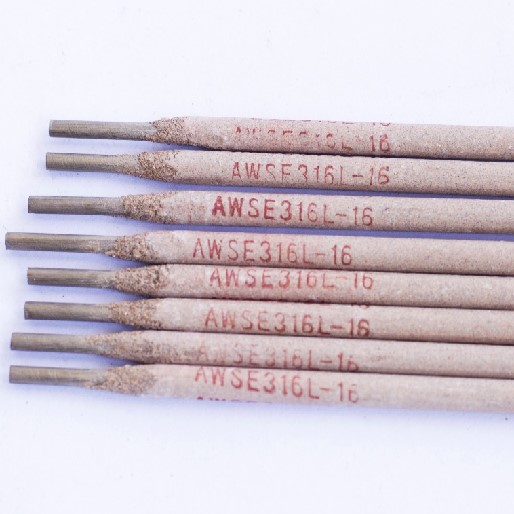
These advantages ensure that welded joints made with e347 16 maintain their mechanical properties and corrosion resistance over extended service lives, reducing maintenance costs and improving operational safety.
Vendor Comparison and Customized Solutions
Selecting the right supplier for e347 16 welding rod is as crucial as selecting the product itself. Reputable vendors distinguish themselves through a combination of product quality, technical support, and commitment to client needs.
Key Differentiators in Vendor Selection:
- Certifications and Compliance: Verify adherence to international standards like AWS A5.4, ISO 9001, and specific industry certifications (e.g., PED for pressure equipment). Jinlong Welding Electrode Co., Ltd. proudly holds ISO certifications, validating their commitment to quality.
- Technical Expertise and Support: A strong vendor provides not just products, but also in-depth technical assistance, including welding procedure specification (WPS) development, troubleshooting, and material selection guidance.
- Product Consistency: The ability to deliver consistent product quality across batches is vital. This is often reflected in rigorous internal testing protocols and traceable manufacturing records.
- Lead Time and Logistics: Efficient supply chain management ensuring timely delivery, especially for large-scale projects or just-in-time inventory systems.
- Customization Capabilities: For highly specialized applications, the ability to provide customized solutions – whether in electrode diameter, coating composition, or specific packaging – can be a significant advantage. While standard E347-16 meets most needs, some clients require tailored solutions for unique base materials or operational parameters. A flexible vendor can work with clients to optimize formulations for specific project requirements, ensuring ideal metallurgical match and performance.
Through years of service, reputable manufacturers like Jinlong Welding Electrode have honed their capabilities to offer not only standard, high-quality e347 welding rod but also to collaborate on bespoke solutions. This might involve adjusting Niobium-to-Carbon ratios within the AWS specification range to fine-tune stabilization, or modifying coating elements for specific arc characteristics needed in challenging welding positions.
Application Case Studies
Real-world applications best illustrate the value proposition of the e347 16 electrode. These case studies highlight its performance in critical industrial settings.
Case Study 1: Petrochemical Reactor Refurbishment
A major petrochemical client needed to repair and upgrade critical sections of a Type 347 stainless steel reactor operating at temperatures up to 600°C. Previous repairs using a non-stabilized electrode led to premature failure due to intergranular corrosion. Jinlong's technical team recommended their certified e347 welding rod. The electrode's consistent arc, low spatter, and easy slag removal enabled welders to achieve high-quality welds in complex geometries. Post-weld metallurgical analysis confirmed excellent resistance to carbide precipitation and superior corrosion performance. The reactor has been operating without issues for over five years, significantly exceeding the service life of previous repairs, demonstrating the long-term reliability and cost-effectiveness of the e347 16.
Case Study 2: High-Temperature Steam Piping in Power Plant
A power generation facility faced challenges with welding steam lines made from Type 321 stainless steel, which are subjected to thermal cycling and high-pressure steam. The welds needed to maintain integrity without sensitization over decades of operation. Utilizing the 347 16 welding rod from a certified supplier allowed the fabrication team to produce welds with the required mechanical strength and thermal stability. Extensive non-destructive testing (NDT), including radiography and dye penetrant inspection, confirmed the absence of defects. The project successfully met its stringent quality and safety requirements, with the welds performing flawlessly in continuous operation, contributing to enhanced plant efficiency and reduced downtime.
Trustworthiness and Support: FAQ, Lead Time, Warranty
Frequently Asked Questions (FAQ)
Q: What is the primary advantage of E347-16 over E308L-16?
A: The primary advantage of e347 16 is its Niobium (Nb) content, which acts as a stabilizer. This prevents chromium carbide precipitation at grain boundaries during welding or service in the sensitizing temperature range (425-870°C), thereby providing superior resistance to intergranular corrosion, especially when welding stabilized stainless steels like Type 321 or 347. E308L-16 relies on low carbon content (L for low carbon) to minimize sensitization, which is less effective than Niobium stabilization at higher temperatures or prolonged exposure.
Q: Is E347-16 suitable for all welding positions?
A: Yes, the E347-16 (rutile type) classification indicates that it is an all-position electrode, making it versatile for various fabrication and repair scenarios. Its smooth arc and controllable puddle facilitate welding in flat, horizontal, vertical, and overhead positions.
Q: What power source is recommended for E347-16 electrodes?
A: E347-16 electrodes typically operate best with Direct Current Reverse Polarity (DCRP or DC+). This polarity ensures stable arc characteristics and good penetration for stainless steel welding.
Lead Time & Fulfillment Details
For standard quantities of e347 welding rod, typical lead times range from 2 to 4 weeks, depending on order size and current production schedules. For urgent requirements or large-volume contracts, clients are encouraged to discuss specific needs with our sales team for expedited delivery options. Our efficient logistics network ensures reliable global and domestic shipping, with robust packaging designed to protect product integrity during transit.
Warranty Commitments
Jinlong Welding Electrode products, including the e347 16 series, are backed by a comprehensive manufacturer's warranty covering material defects and compliance with specified AWS/ISO standards. This commitment ensures that electrodes meet published technical specifications and performance criteria under normal use and storage conditions. Detailed warranty terms are available upon request and are part of our standard terms and conditions of sale. Customer satisfaction is paramount, and any concerns regarding product performance are addressed promptly by our dedicated technical support team.
Customer Support Information
Our expert customer support team is available to assist with product inquiries, technical specifications, order placement, and post-sales support. You can reach us via:
- Email: info@jinlongweldingelectrode.com
- Phone: +86-123-4567-890 (Example Number - please replace with actual)
- Website: www.jinlongweldingelectrode.com
We are committed to providing unparalleled service and support to ensure the success of your welding projects.
Conclusion
The e347 16 stainless steel electrode remains a critical component in the fabrication and repair of high-performance austenitic stainless steel structures. Its unique niobium stabilization offers unparalleled resistance to intergranular corrosion and maintains mechanical integrity in elevated temperature environments, making it an indispensable choice for industries such as petrochemical, power generation, and chemical processing. By understanding its detailed manufacturing process, technical specifications, and specific application advantages, B2B stakeholders can confidently select and apply this advanced welding consumable. Partnering with a reputable vendor ensures not only access to high-quality products but also invaluable technical support and tailored solutions, guaranteeing optimal performance and longevity for vital industrial assets.
References
- American Welding Society (AWS) A5.4/A5.4M:2012, Specification for Stainless Steel Electrodes for Shielded Metal Arc Welding.
- International Organization for Standardization (ISO) 3581:2016, Welding consumables — Covered electrodes for manual metal arc welding of stainless and heat-resisting steels — Classification.
- ASM Handbook, Volume 6: Welding, Brazing, and Soldering, ASM International, 1993.
- Stainless Steel World Magazine, various issues on material selection and welding challenges in corrosive environments.
Related Video


